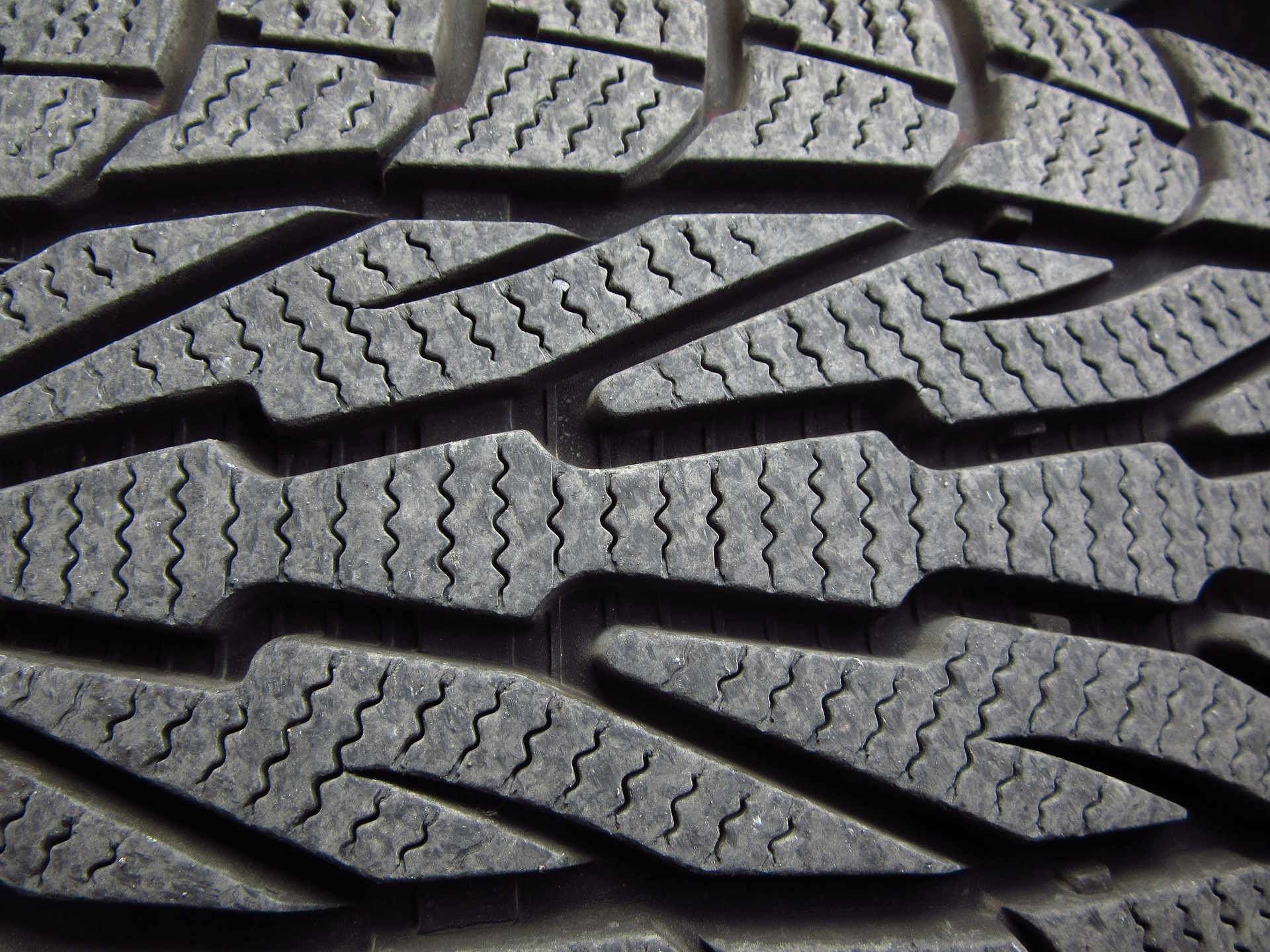When to Swap to Cold-Weather Wheel Options: A Global Guide
Choosing the right time to switch to cold-weather wheel options depends on local climate, typical temperatures, and road conditions. This guide outlines how temperature, tread design, rubber compound, and maintenance influence grip on snow and ice so you can make informed seasonal decisions.

Deciding when to change from all-season to cold-weather wheel options requires attention to local average temperatures and driving conditions. Unlike all-season rubber, dedicated cold-weather compounds retain flexibility at low temperatures, helping maintain grip when roads are snowy or icy. Timing a swap based on consistent low temperatures rather than individual storms helps preserve tread life and ensures safer braking and handling during the season.
How does temperature affect grip?
Tire performance is strongly linked to ambient temperature. Cold-weather rubber compounds are formulated to remain pliable below roughly 7°C (45°F); when temperatures drop below that threshold, many all-season tires begin to harden, reducing grip. That loss of flexibility means reduced surface contact, less traction on snow, and longer braking distances. Monitoring average daily temperatures in your area and switching when nights consistently fall below the compound’s optimal range helps retain grip and overall control.
How do tread, studs and compound affect traction?
Tread design and rubber chemistry work together to manage snow and ice. Deeper, more aggressive tread patterns channel snow and slush away from the contact patch, while sipes—small grooves—create biting edges for traction on packed snow. Studs, where legal and appropriate, can add mechanical grip on bare ice by biting into the surface. The rubber compound’s formulation determines how well those tread features remain effective at low temperature: softer compounds maintain pliability and traction, while harder compounds lose bite.
How do winter tires affect braking and handling?
Cold-weather wheel options are engineered to improve braking and handling in winter conditions. Shorter stopping distances in snow or on cold pavement come from a combination of flexible compounds and tread that resists clogging. Handling is a balance: winter tires can reduce oversteer and understeer in slippery conditions, but their behaviour on warm, dry roads differs from summer tires. Expect confident steering response in low temperatures, but recognize that performance varies with tread depth, stud configuration, and vehicle dynamics.
When to plan installation and storage?
Plan installation before extended cold spells arrive. In many regions, the recommended trigger is when daily temperatures consistently fall below about 7°C (45°F). Installing before a first major snowfall avoids last-minute delays at local services. After the season, clean tires, remove dirt and salt, and store them in a cool, dry place away from direct sunlight and ozone sources. Proper storage—stacking or hanging according to manufacturer guidance and using tire bags—helps preserve rubber compound and tread for the next season.
What about maintenance and lifespan?
Regular maintenance extends the useful life of cold-weather wheels. Rotate tires at recommended intervals to ensure even wear, check tread depth frequently to confirm sufficient channels and sipes remain, and monitor inflation since cold air reduces pressure. Lifespan depends on driving habits, road surfaces, and compound; many winter-specific tires last several seasons when used only during cold months, but aggressive driving or frequent studded use can reduce lifespan. Balance and alignment checks preserve handling and reduce uneven wear.
Conclusion
Switching to cold-weather wheel options is a seasonal decision guided by temperature trends, road conditions, and driving priorities. Understanding how rubber compound, tread design, studs, and regular maintenance affect traction, braking, and handling helps determine the right timing for installation and proper storage afterward. Following local guidelines and monitoring conditions in your area supports safer, more reliable winter driving.






